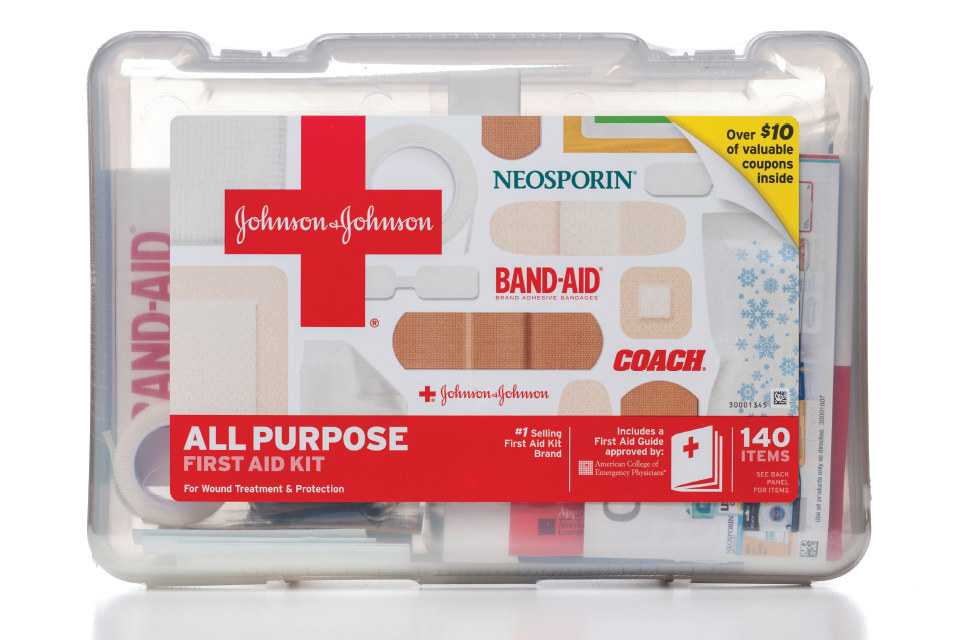Healing at Home

How to Treat a Minor Burn
First degree burns only damage the outer layer of the skin (think: accidentally touching a hot pan or a curling iron) but can still be quite painful. Soothe the area by following these steps:
1. Run cool water over the area of the burn or soak it in a cool water bath. Do not treat with ice or ice water; this can add even further damage to the skin. Keep the area under water for at least 5 minutes. A clean, cold, wet towel will help reduce pain.
2. Cover the burn with a dry, sterile bandage. Once the area has cooled, feel free to add moisturizing lotion.
How to Treat Stings
It’s amazing how such a small insect can inflict major pain. If you’re treating yourself or someone who doesn’t have an allergic reaction, this is the best way to go about it:
1. Remove the stinger with tweezers. Be careful not to pinch the stinger—this could inject more venom.
2. Ice the area.
3. Elevate it, particularly if the sting is on an arm or leg.
How do you know if you need stitches?
Non-stop bleeding for around 15 minutes after you are applying pressure.
The cut is deep and there are parted skin layers. Visible tendons or skin inner layers also indicate that the cut is severe and has to be closed immediately.
How to Treat Sprains
Sprains (especially on the ankle) can take longer to heal than other minor injuries. Other than staying off of it and letting time work its magic, this is how you can speed things along:
1. Ice the area for 15 to 20 minutes at a time for about two to three consecutive hours immediately after injury occurs. The cold reduces pain, swelling and inflammation in injured muscles, joints and connective tissues.
2. To stop swelling, compress the area with an elastic wrap or bandage. Make sure it’s not too tight, in order to avoid cutting off circulation.
3. Keep the sprained area elevated above your heart. This also decreases swelling and improves blood flow.
How to Treat a Deep Cut
When we get a deep cut and immediately see an outpouring of blood, it can be difficult to gauge how serious it is. For urgent care at home, stick to these tips:
1. Wash your hands with soap and water to avoid infection, but do not scrub the wound.
2. Apply pressure to the area with a clean cloth or bandage. This will slow the bleeding.
3. Administer an antiseptic lotion or cream.
4. Cover the wound with breathable dressing and then secure with a bandage (butterfly wound bandages are recommended).






